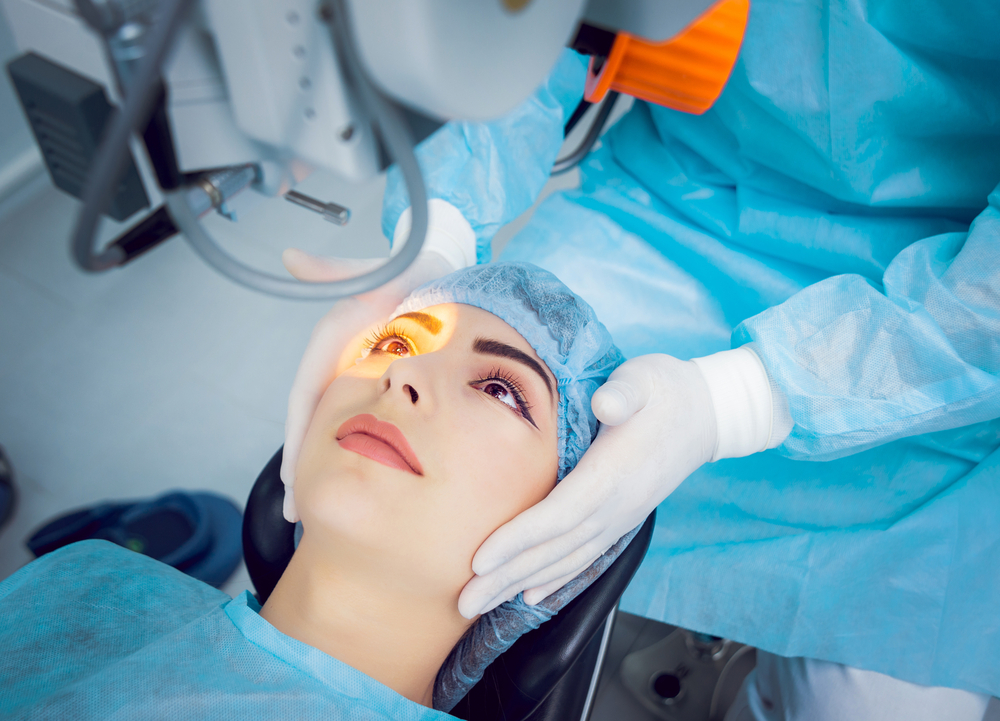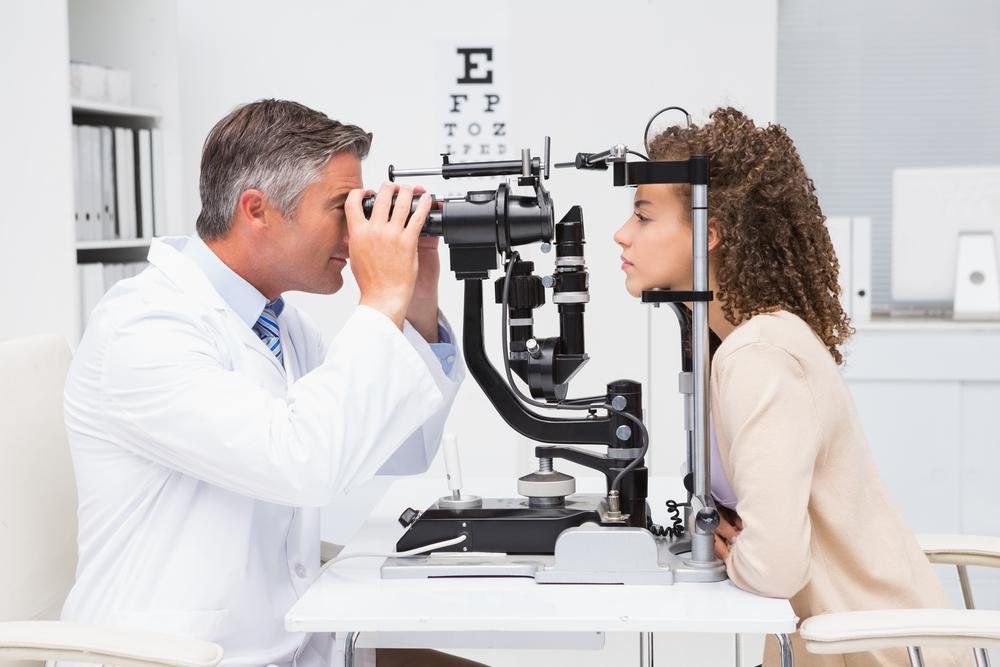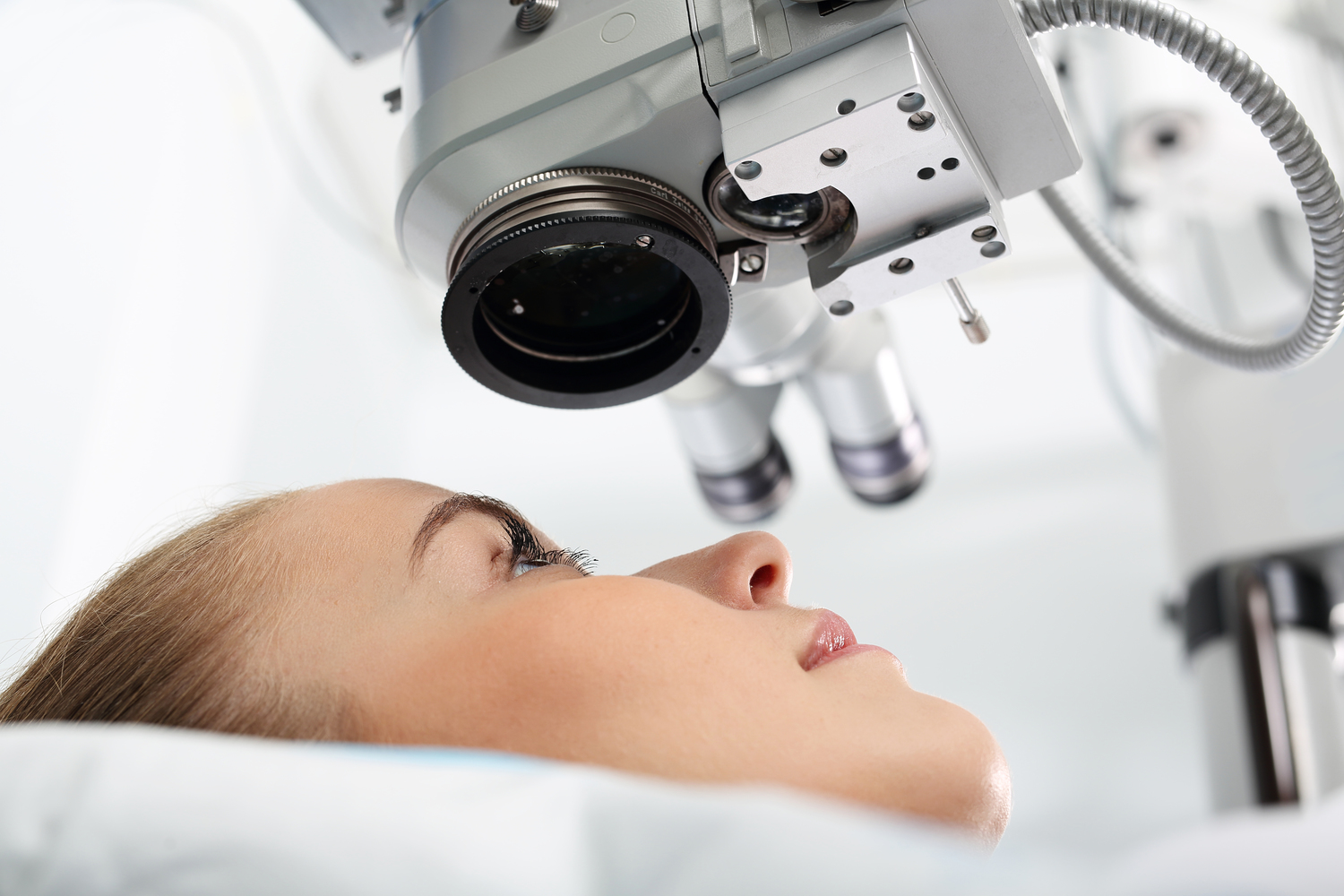Cataract Diagnosis and Treatment: Is Surgery the Best Solution?
This article provides a comprehensive overview of cataracts, including symptoms, diagnosis, and treatment options. It highlights the effectiveness of modern cataract surgery, whether laser or traditional, as a safe and proven method to restore vision. Consulting an eye care specialist can help determine if surgery is the best choice based on disease progression and individual needs. Learn about the procedure, recovery, and benefits to make an informed decision on managing cataracts and improving quality of life.

Cataract Diagnosis and Treatment: Is Surgery the Best Solution?
Is surgical intervention the most effective option for treating cataracts?
Cataracts are a widespread age-related eye condition, mainly affecting those over fifty. Recognized as a primary cause of visual impairment worldwide, they can significantly hinder daily activities. By 2020, more than 30 million individuals globally were expected to have cataracts, making it a top cause of blindness. Although diagnosis can be concerning, multiple treatment options are available to improve vision.
When corrective lenses are no longer effective, cataract surgery is often the most successful solution. This article explores various treatment options to help you determine whether surgery is appropriate for your condition.
What exactly is a cataract?
While many are familiar with the term, few understand its symptoms and available treatments. A cataract causes clouding of the eye’s natural lens, primarily due to aging, which can impair vision. Early recognition of symptoms is key to preventing progression and maintaining sight.
Symptoms include blurry vision, increased glare sensitivity, double vision, difficulty seeing in low light, and fading or yellowing colors. Patients might need brighter lighting and frequent prescription changes. In early stages, glasses or contacts can help, but advanced cases often require surgical intervention.
Available treatment options for cataracts
Initially, corrective eyewear can enhance sight. When these are no longer sufficient, surgery becomes the preferred method to restore clarity. Cataract surgery involves removing the cloudy lens and replacing it with a synthetic intraocular lens.
Details of the surgical procedure
The surgery is typically outpatient and lasts about 15-30 minutes, performed under local or topical anesthesia. Traditionally, ultrasound is used to break up and remove the cloudy lens, which is then replaced with a synthetic lens between the iris and pupil. Post-operative care includes protecting the eye with a shield.
Laser technology is increasingly used in modern procedures, offering greater precision during incision, lens segmentation, and capsule opening. This results in faster recovery and better results. Though more costly, laser surgery is less invasive and more accurate.
Success and outcomes of cataract surgery
This safe, quick outpatient procedure has a high success rate in restoring vision. Most patients enjoy clear eyesight afterward, often reducing dependence on glasses. Recovery is rapid, and many find surgery to be the most effective way to deal with vision issues caused by cataracts.
Deciding if surgery is suitable for you
Talk to an eye specialist to weigh the risks and benefits. Surgery is generally recommended when cataracts interfere with your daily life. With affordable options and proven safety, cataract surgery remains a top choice. Your doctor can advise if it’s the right step for your specific condition.


